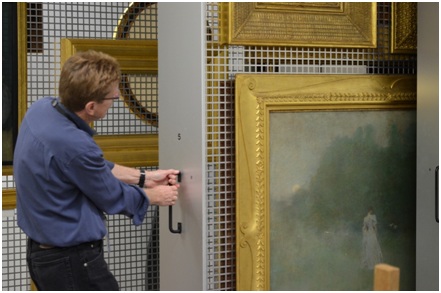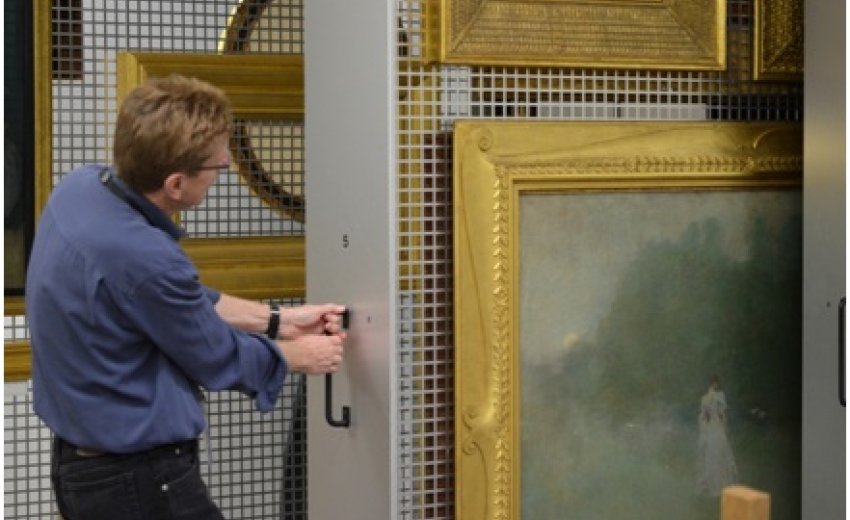From the Desk of Davinder Pal Singh I made the trip last month to the USA to attend the annual meeting of American Association for State and Local History (AASLH). The four day meeting-cum-conference was attended by over 900 delegates and offered the opportunity to attend over 100 workshops on heritage preservation and sharing. I was inspired by the discussions I had with friends and colleagues and many brought fresh ideas back to PDL. I also took the opportunity during my visit to make it over to the Smithsonian in Washington DC, and to meet their curatorial and digitization staff and to observe the techniques used there to digitize the same types of material that we handle at PDL. Over the eight years that PDL has been growing, we have often had to improvise technology to suit our needs. We have developed stand-alone computer applications, including Content Management Software and digitization hardware; in order to meet required technical standards PDL experimented with different cameras, lenses, computers, and others accessories required for quality management, data backup, and production speed; we created our own mobile dark rooms which can be transported via van, to remote locations, and the machines can be functional within an hour of arriving. While we were often proud of our ingenuity, there was also an element of self-doubt in this experimentation. How did our improvised technology hope to compete with world class organizations working in the area of digitization and content management in the Western World? My visit to Smithsonian, world's single largest museum and research complex, which includes 19 subject-specific museums, nine research centers and more than 140 affiliate museums around the world, turned out to be a great learning and confidence boosting experience. Interactions with their curators, especially Debra Diamond and their digitization head at Sackler?s Gallery, Neil Greentree, allowed me to see that the Smithsonian and PDL use similar methodology for digitization. The inherent differences lay mainly in the specific equipment and the speed both the organizations are working with. When I told them about the selection of equipment we had gathered for the type of documents we digitize, those choices were praised by these world-class professionals. I realized that, by the Guru?s Grace, and the dedicated passion of staff and volunteers, PDL was doing alright. By improvising certain software and hardware, we were able to move to digitize material more quickly, than if we had waited for the brand name, or top-of-the-industry products. Because our priority is saving the most vulnerable material, time was of the essence. We were able to put our mission to work as soon as possible, because we were creative, not because we were backwards! And by not always chasing the most expensive equipment, we have been able to invest more efforts as an organization into regularly updating the equipment we do have, and training staff for specific jobs. But our success isn't enough. We are not nearly done. Generally speaking museums and libraries in Panjab are still in a deep hibernation comparatively. Information Analysts are missing from Libraries, and Curators are missing from Museums. Museums are not merely places to display artifact for visitors but they are also center for scholarly research ? they are extraordinary cultural institutions. I was struck on my visit that they are busy preserving 50-year-old historic places, whereas in the Panjab, we have no plans to preserve 400-year-old structures! History is a living creature, and we are not nourishing it, we are not nurturing it, we are not respecting it, when we let it fall to ruin and demolition. It may be too late for some documents and some buildings, but it is never too late to start caring about what is still left. The sooner we understand this, the better! |
  |

